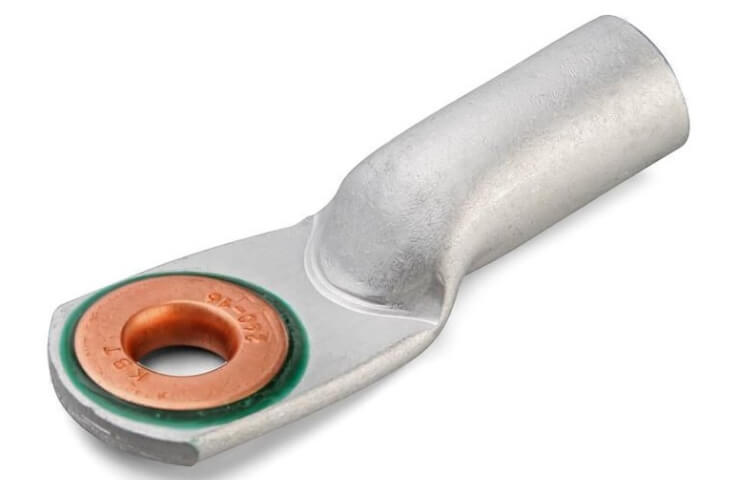Cable systems are widely used in modern engineering networks for transmitting data, electricity and other signals. One of the important aspects of their installation is the selection of lugs and sleeves, which provide a reliable connection and protection of the ends of the cables.
Features of aluminum lugs and sleeves
Before choosing lugs and sleeves for a cable system, it is important to understand their features. Aluminum is characterized by lightness and strength. The advantages of using aluminum elements in cable systems include high thermal conductivity and corrosion resistance. Limitations in the use of aluminum tips and sleeves are associated with the possibility of oxidation and lack of flexibility. However, if properly selected and installed, they can be an effective solution for a variety of cable systems.
Features of copper-aluminum lugs and sleeves
When choosing copper-aluminum lugs and sleeves, it is also important to consider their unique peculiarities. Copper-aluminum options have the complex properties of both materials. The advantages of the composite material include high electrical conductivity and oxidation resistance. It is important to consider material compatibility when selecting copper-aluminum lugs and sleeves to ensure a reliable and durable connection.
Use of aluminum and copper-aluminum lugs and sleeves depending on the cable type
Before selecting lugs and sleeves for the cable system, it is important to understand their features and differences in application for different types of cables. For various types of cables, including single-core and multi-core, aluminum and copper-aluminum lugs and sleeves are used . When choosing a material, it is necessary to take into account the requirements for electrical properties and mechanical strength of the connection, as well as the operating features of the cable system in specific conditions.
The use of aluminum and copper-aluminum lugs and sleeves depending on the load
The correct selection of lugs and sleeves is important to ensure reliable and efficient operation of the cable system under varying load levels. At high loads, it is especially important to select tips and sleeves that provide reliable contact connections and minimal energy losses. Aluminum and copper-aluminum components must meet the requirements for reliability and efficiency under high load conditions, which will ensure stable operation of the cable system under various loads.
Conclusion
Selection of intercomponent connection in cable systems plays an important role in ensuring their reliable operation. Selecting the appropriate lugs and sleeves based on the cable type and operating conditions will help prevent potential problems and ensure efficient signal or power transmission. Also remember the need to use specialized tools when installing and maintaining cable systems. For example, during electrical installation you may need dielectric screwdrivers (https://a-energo.kz/catalog/dielektricheskie_otvertki_poshtuchno/), which you can buy in the online store "A-energo".




